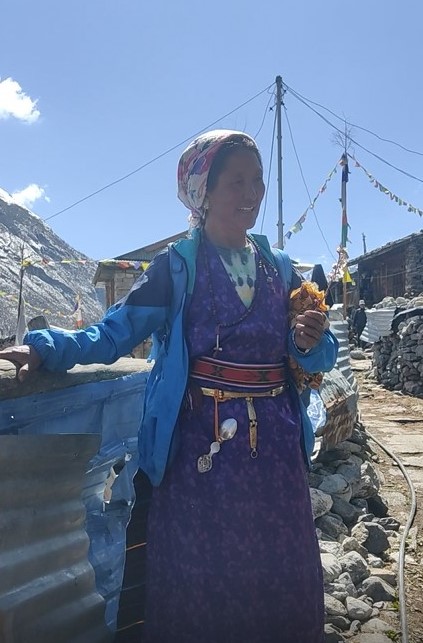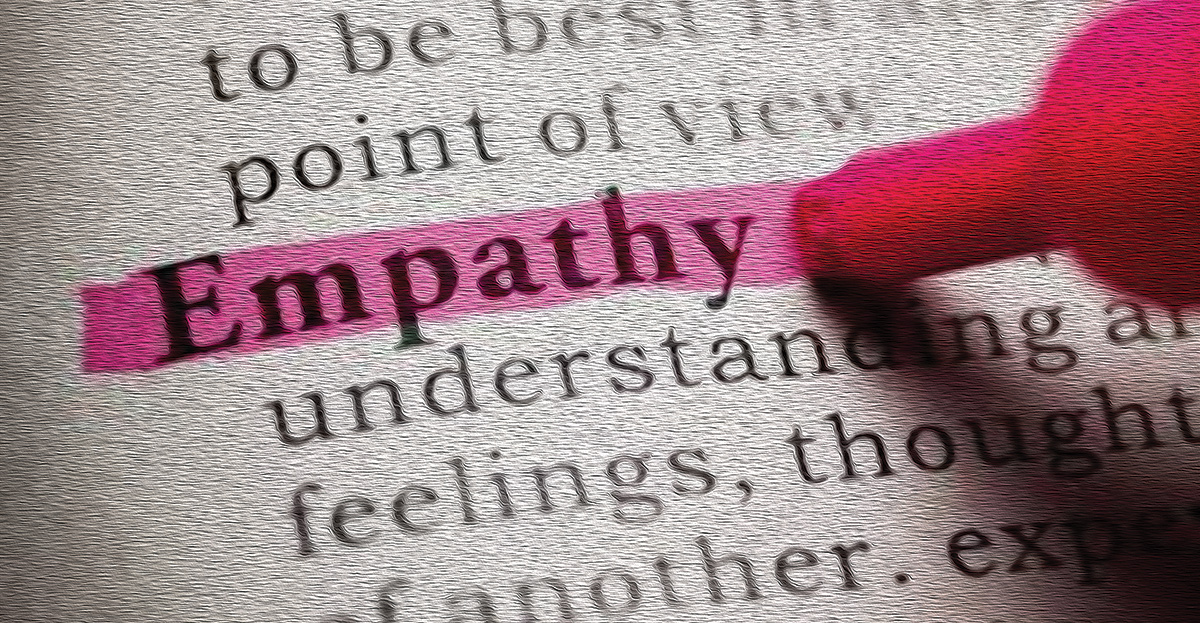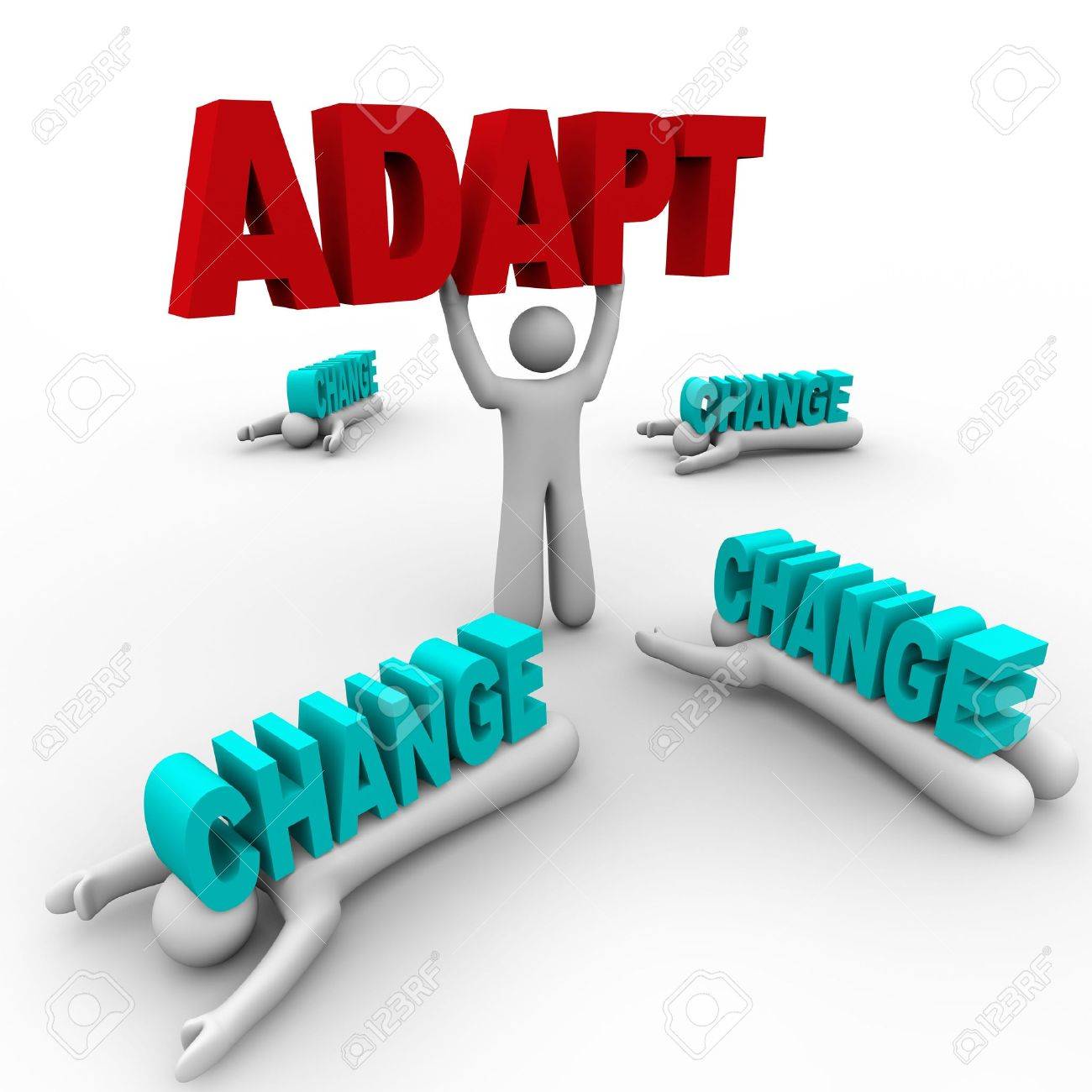
Idea.Action.Impact

Idea.Action.Impact

Incorporating indigenous knowledge is the crucial step towards biodiversity conservation and disaster management. The knowledge about indigenous people comprises the methods and practices developed by a community based on their culture, traditions & beliefs. It is usually relayed from one generation to another by word of mouth and cultural rituals. As per definition given by UNESCO, local and indigenous knowledge refers to the understandings, skills and philosophies developed by societies with long histories of interaction with their natural surroundings.
Indigenous Peoples (IPs) are also known as First Peoples, Aboriginal Peoples, or Native Peoples. In Nepal, we refer to them as Aadhibasi Janajatis. They are explicitly aware of managing natural resources sustainably and act as guardians or custodians of their ancestral environments and land for the next generation. As per the figures from the World Bank, they comprise less than 5% of the world's population and safeguard 80% of global biodiversity. These communities possess a strong sense of solidarity and harmony, sophisticated knowledge to fight against climate change, and resilience to natural disasters. With technological advancements and our dependence on technology, we are losing the valuable wealth of information as traditional knowledge is often forgotten or neglected.
Indigenous peoples played a vital role in environmental protection. Nearly 70 million indigenous women and men depend on forests for their livelihoods. They are innovators as well as solution makers because they will be the first to know when something is wrong in nature. They provide invaluable knowledge and make the best use of natural resources. Similarly, they use traditional knowledge and technologies to ensure resilience to extreme weather events and can anticipate the future too. Indigenous knowledge provides information about people's history, can inform the community's identity through the stories, and connects present and past generations.
Likewise, indigenous knowledge assists in reducing the risk of disasters. Indigenous Peoples (IPs) hold traditional wisdom; they have their own coping strategies in times of disaster, and they know how to adapt, mitigate, and reduce disaster risks with the help of their ancestral knowledge. Also, indigenous knowledge on soil and forest conservation, farming methods, watershed management practices has contributed to fighting climate change /green recovery/achieving sustainability. There are many successful outcomes of indigenous knowledge worldwide providing solutions for biodiversity conservation. In Nepal's context, we can observe the practice of indigenous knowledge and practices and how it has influenced better water resource management practices, traditional medicinal practices, disaster management, biodiversity, and forest management.
My visit to the Langtang valley was an excellent opportunity to learn from the people close to that landscape. Observation and interaction with the local people, hearing stories from old grandparents, their experiences, cultural beliefs, and traditional knowledge regarding weather forecasting and disaster mitigation helped me have more ideas about indigenous knowledge. For example, inclined towards nature, treat forests, rivers as a divine source of spirituality and believe the Himalayas, especially Langtang Lirung as their god. Burning of plastic materials and animal slaughtering is strictly prohibited. With collective knowledge of the land, sky, movement of clouds, they can predict the time for snowfall and rainfall. Their dependence on natural resources, residence in particularly vulnerable geographic regions, avalanche threat, snowstorms, Glacial Lake Outburst Flood (GOLF) create increased vulnerabilities. This experience made me realize the impacts and vulnerabilities of climate change in the high Himalayas indigenous people. Also, it shows a prerequisite to collect, compile and systematize the diverse range of indigenous knowledge before it disappears.
Challenges
Indigenous peoples, therefore, play a significant role in protecting the planet and biodiversity even though the adverse effects of climate change threaten their resilience. People from the high Himalayas have frequently been vulnerable to climate-induced disasters. Globalization and the exploitation of resources have accelerated the loss of biodiversity and degradation of ecosystems resulting in loss and competition in the use of limited resources, creating violence among indigenous peoples. A large portion of the land occupied by indigenous peoples is under national parks ownership; therefore, they are displaced from their lands. Their skills, experiences, resources, and techniques have not been incorporated into the mainstream knowledge of disaster management.
What can be done?
First of all, the indigenous communities need to be recognized, their knowledge and traditional practices should be assessed. Local governments could take an initial lead on this as they are locally aware of the facts and the availability of indigenous communities and their associated knowledge. Furthermore, they could ensure their financial stability by providing specific initiatives. So, the next step is to make those communities aware of their traditional wisdom, its invaluable contribution in fighting climate change, and disaster management. We need to win the trust of local indigenous communities through training and empowerment programs. Likewise, documentation and publication of such knowledge are required. Moreover, policymakers should incorporate a diverse range of indigenous knowledge in the disaster management initiatives of the country as experience and knowledge are more likely to deliver more than classroom education.
'If people can't acknowledge the wisdom of indigenous cultures, then that's their loss'– this is what Jay Griffiths, a British writer, and author, had once said. Hence, indigenous people's traditional knowledge must be valued, preserved, and leveraged.











